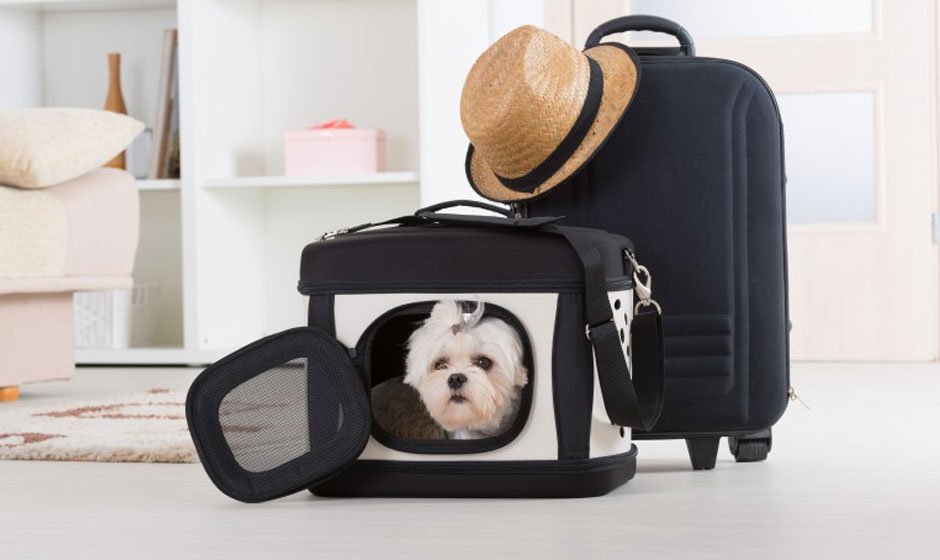Transporting your beloved furry friend can be a stressful experience for both you and your pet. Whether you’re moving to a new home, going on vacation, or visiting the vet, ensuring a stress-free pet transportation process is essential for your pet’s well-being. With the right preparation and a few smart strategies, you can make the journey safe and comfortable for your pet. Here, we’ll discuss some essential tips and tricks to make pet transportation as stress-free as possible.
Plan Ahead
The key to a successful pet transportation experience is careful planning. Start well in advance of your trip to ensure you have all the necessary arrangements in place. This includes booking pet-friendly accommodations if necessary, understanding travel regulations, and gathering all required documents and supplies. Proper planning will help you avoid last-minute hassles that can stress both you and your pet.
Choose the Right Mode of Transport
Consider your pet’s size, temperament, and any specific needs when choosing the mode of transportation. Whether you’re traveling by car, plane, train, boat, or using a pet taxi, make sure it’s suitable for your pet. Airlines, for example, have specific rules and regulations for pet travel, so check with the carrier in advance to ensure a smooth journey.
Crate Training
If you’re traveling by air or car, crate training is an essential step to ensure your pet’s safety and comfort during transport. Gradually introduce your pet to the crate at home, providing positive reinforcement and treats to create a positive association. A familiar and comfortable crate will reduce your pet’s stress during the journey.
Familiarity and Routine
Maintain your pet’s routine as closely as possible, even when on the road. Feed them at the usual times, take regular bathroom breaks, and ensure they have their favorite toys and blankets for comfort. Familiarity helps reduce anxiety and stress.
Keep Your Pet Secure
Your pet should always be properly secured during transportation. Use seat belts, car harnesses, or approved carriers to ensure their safety. Avoid allowing them to roam freely in the car, as this can be distracting and unsafe.
Identification and Microchipping
Ensure your pet is properly identified with a collar tag that includes your contact information. Microchipping is an additional safety measure that can help reunite you and your pet if they become lost during the journey.
Visit the Vet
Before embarking on a long journey, schedule a visit to the vet for a health checkup. Ensure your pet is up to date on vaccinations, and discuss any concerns or special instructions with your veterinarian. This is especially important if your pet has pre-existing health conditions.
Pack Essentials
Create a travel kit for your pet, including food, water, bowls, medication, waste bags, and cleaning supplies. Having these essentials readily available will make your pet’s journey more comfortable.
Calm and Comfort
To help soothe your pet’s nerves, consider natural calming remedies or speak with your veterinarian about safe and effective options. Items like pheromone sprays, calming music, or familiar scents can also help reduce stress.
Regular Breaks
If you’re on a long road trip, schedule regular breaks for both you and your pet. Allow them to stretch their legs, relieve themselves, and get some fresh air. A well-rested and comfortable pet is less likely to experience stress.
Conclusion
Pet transportation can be a stress-free experience with the right preparation and thoughtful care. By planning ahead, ensuring your pet’s comfort, and following these essential tips and tricks, you can make the journey safe and enjoyable for both you and your furry friend. Remember that your pet’s well-being should be a top priority, so take the necessary steps to make their travel experience as stress-free as possible.





